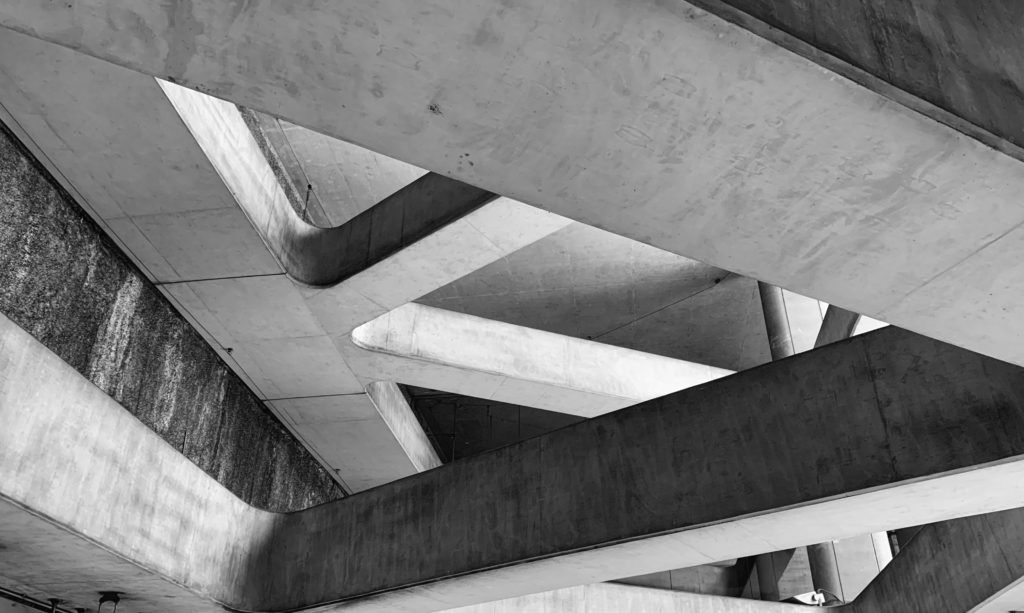Repair work to soar in wake of RAAC crisis
Builders could be overwhelmed with repair work to schools, hospitals, theatres, and other unsafe public buildings due to failing RAAC panels.
Earlier this week the government revealed 156 schools contained reinforced autoclave aerated concrete, RAAC, of which 104 required urgent action with 52 already repaired.
The Federation of Master Builders, FMB, chief executive Brian Berry said: “Local builders may struggle to cater for the scale of the issue facing schools, as they tend to have full schedules for months ahead.
“This could affect the speed of work like putting up portable classrooms, to ensure children don’t miss lessons.”
The sort of sub-contractors expected to be in demand following a structural survey include roofers, insulation installers, and asbestos removal specialists.
More than half of FMB members have said they are falling behind schedule as they struggle to hire skilled workers to fulfil their order books.
It’s estimated nearly 20 hospitals, several theatres and other public state buildings also contain this type of cheap lightweight concrete which lasts for just 30 years.
Construction Leadership Council, CLC, building safety expert Graham Watts said: “There is an urgent need to identify and remedy any risks to the public.
“We will support the programme of expert assessment of structures, both public and private, to identify where RAAC has been used and to deal with it to make it safe.”
The CLC has set up a technical panel to assess risk and support the design and delivery of remediation required of public buildings.
Green retrofits could be a positive spin-off
The National Federation of Builders, NFB, said widespread remediation could offer the chance to conduct green retrofits.
NFB policy director James Butcher said: “Forward-thinking building clients would do well to consider how they can also use the opportunity to install energy efficiency measures.
“Because RAAC is likely to be found in roof panels and wall panels, it is a prime chance to replace it with efficiency fabric as well as to install mechanic ventilation systems.”
Brokers Hank Zarihs Associates said lenders would be keen to offer construction loans to sub-contractors taking on this type of work.
RAAC panels were used from the 1950s up to the mid-1990s to keep pace with growing school numbers.
A National Audit Office, NAO, report in June found more than a third of English school buildings were past their initial design life making them energy inefficient and expensive to run.
An estimated £7b a year is needed to maintain, repair and rebuild schools but the Treasury has allocated just £3.1bn.
Head of the NAO Gareth Davies said: “At present, 700,000 pupils are learning in schools requiring major rebuilding or refurbishment.”
His report highlighted that while schools account for more than a third of public sector buildings the Education Department has yet to implement emission targets. Although it does plan to rebuild 500 schools to be net zero over the next decade.
Photo by Robert Keanne on Unsplash.

